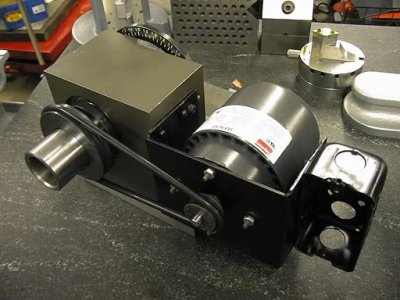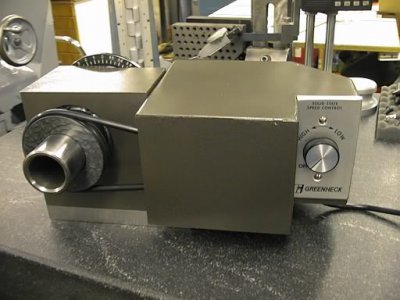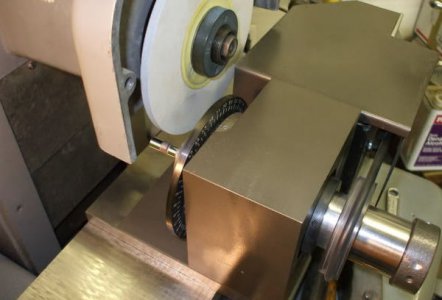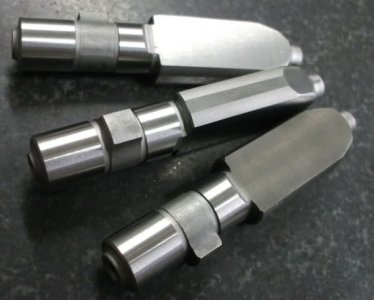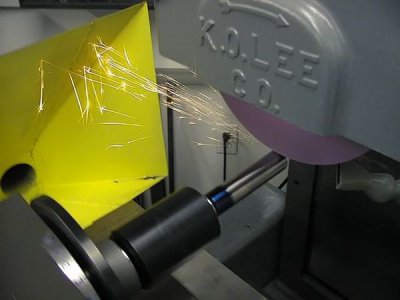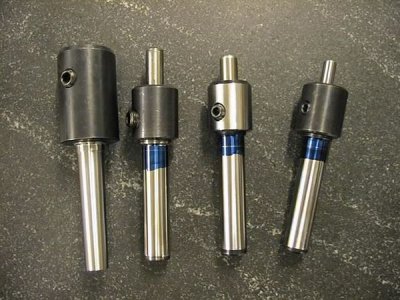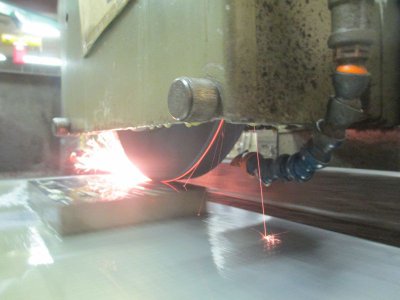Hello,
From the model Engineers Workshop Manual by George H Thomas page 164 (1984 version)
"Today with far better machines at their disposal turners are not except in very special circumstances expected to work much closer than about plus 5 or 10 thousandths because most fine limit work can be done far more readily and cheaply by transferring the job to a grinder"
I've stumbled across this concept a couple of times on the internet and in books.
What sorts of grinders are they referring to ?
My current thoughts are that there would be lots of hobbyists out there (not me yet) who could work repeated pieces to a tolerance of plus minus 2 thousandths quite easily ?
Bill
From the model Engineers Workshop Manual by George H Thomas page 164 (1984 version)
"Today with far better machines at their disposal turners are not except in very special circumstances expected to work much closer than about plus 5 or 10 thousandths because most fine limit work can be done far more readily and cheaply by transferring the job to a grinder"
I've stumbled across this concept a couple of times on the internet and in books.
What sorts of grinders are they referring to ?
My current thoughts are that there would be lots of hobbyists out there (not me yet) who could work repeated pieces to a tolerance of plus minus 2 thousandths quite easily ?
Bill


